Search results for: 'research area apoptosis p53'
-
 R2011 Human p53 circRNASummary: Circular RNA expressing human p53 protein
R2011 Human p53 circRNASummary: Circular RNA expressing human p53 protein -
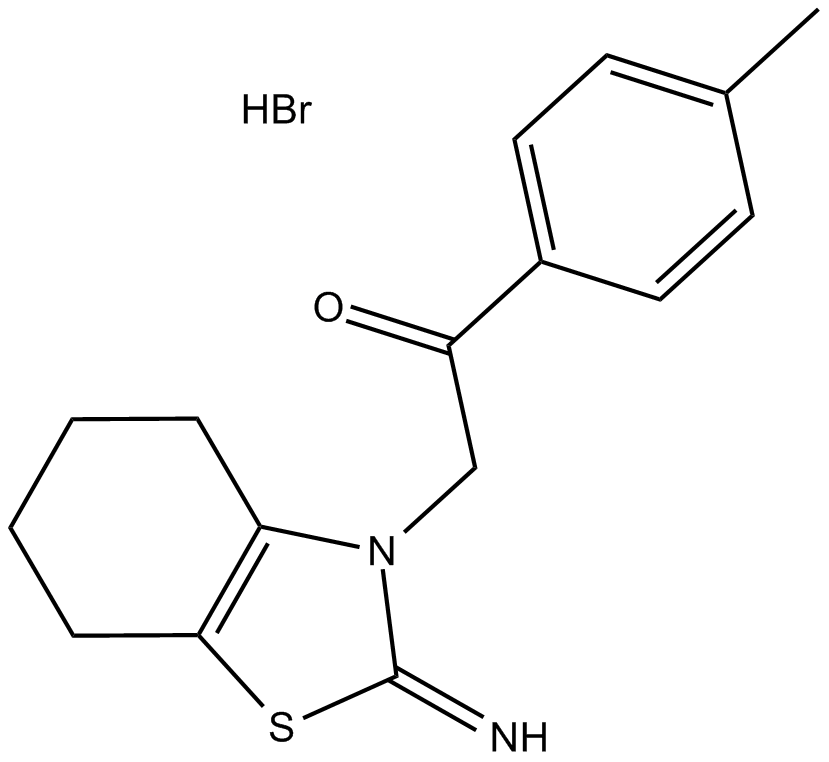 A4206 Pifithrin-α (PFTα)6 CitationTarget: p53Summary: p53 inhibitor
A4206 Pifithrin-α (PFTα)6 CitationTarget: p53Summary: p53 inhibitor -
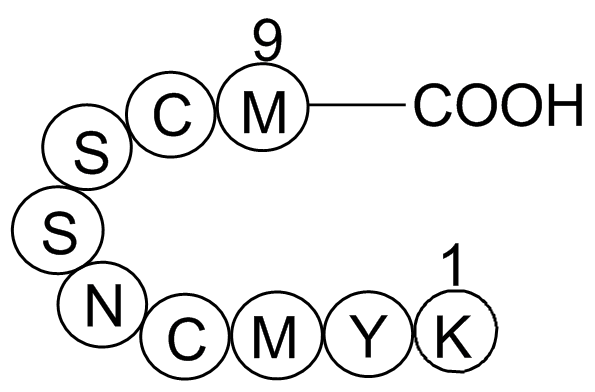 A1083 p53 tumor suppressor fragmentSummary: Regulates cell cycle
A1083 p53 tumor suppressor fragmentSummary: Regulates cell cycle -
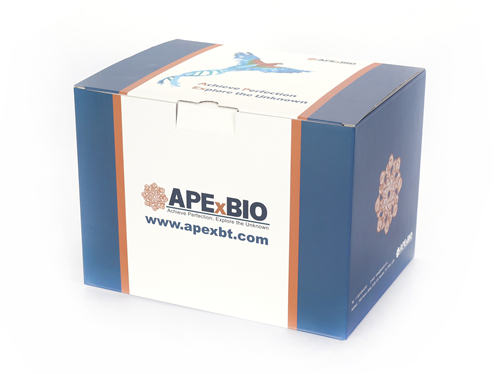 K2711 Apoptosis Inducer KitSummary: A ready-to-use apoptosis inducer reagent, which consists of recombinant human TNF-α and SM-164
K2711 Apoptosis Inducer KitSummary: A ready-to-use apoptosis inducer reagent, which consists of recombinant human TNF-α and SM-164 -
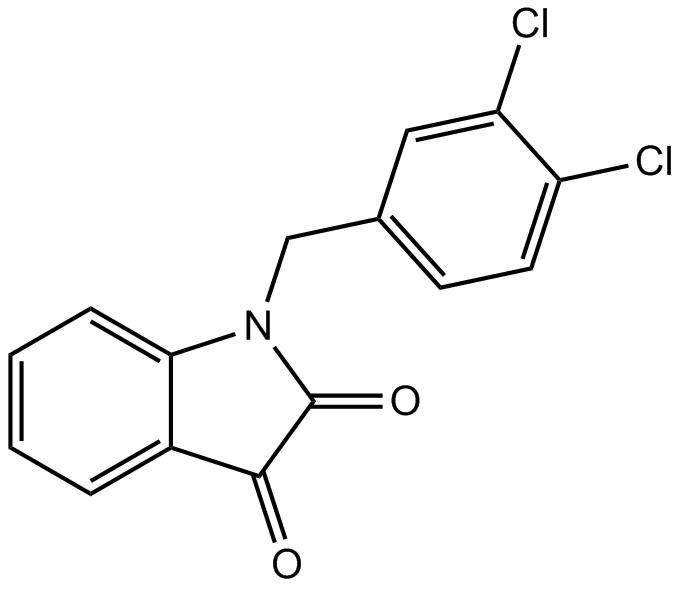 A4016 Apoptosis Activator 2Summary: Indoledione caspase activator, cell-permeable
A4016 Apoptosis Activator 2Summary: Indoledione caspase activator, cell-permeable -
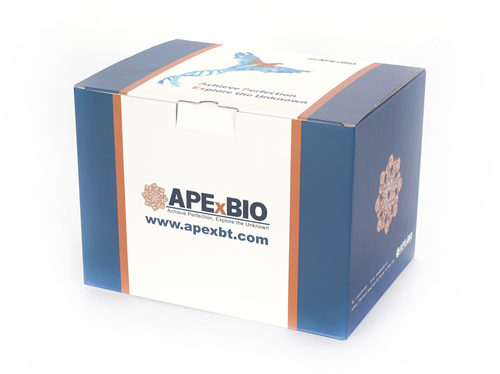 R1032 EZ Cap™ Mouse p53 mRNASummary: Mouse p53 mRNA with Cap 1 structure, providing high transcriptional efficiency
R1032 EZ Cap™ Mouse p53 mRNASummary: Mouse p53 mRNA with Cap 1 structure, providing high transcriptional efficiency -
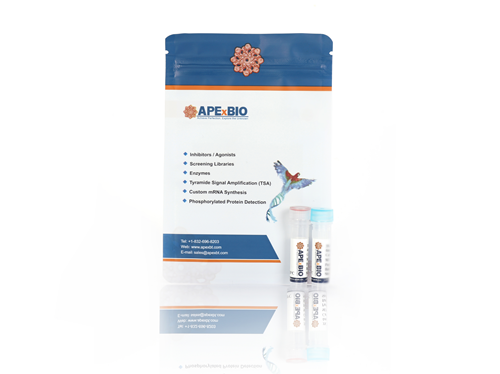 R1023 EZ Cap™ Human p53 mRNASummary: Human p53 mRNA with Cap 1 structure, providing higher transcription efficiency and enhanced stability.
R1023 EZ Cap™ Human p53 mRNASummary: Human p53 mRNA with Cap 1 structure, providing higher transcription efficiency and enhanced stability. -
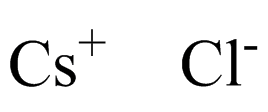 A4468 Cesium chlorideSummary: Potassium channel blocker
A4468 Cesium chlorideSummary: Potassium channel blocker -
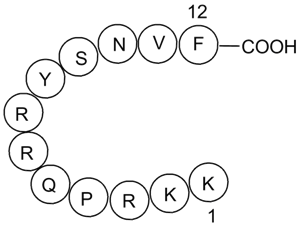 A4469 DAPK Substrate PeptideSummary: Synthetic peptide substrate for DAPK
A4469 DAPK Substrate PeptideSummary: Synthetic peptide substrate for DAPK -
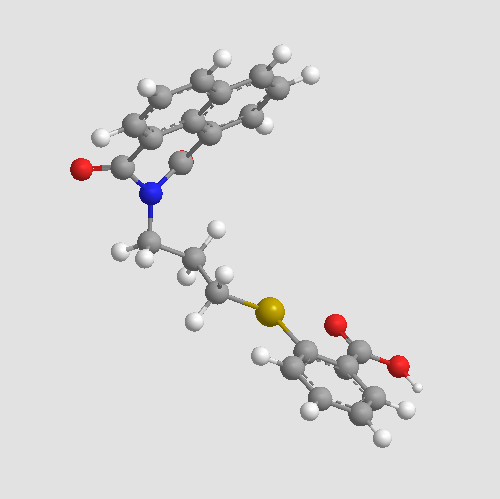 A4471 GRI 977143Summary: LPA2 receptor non-lipid agonist
A4471 GRI 977143Summary: LPA2 receptor non-lipid agonist


